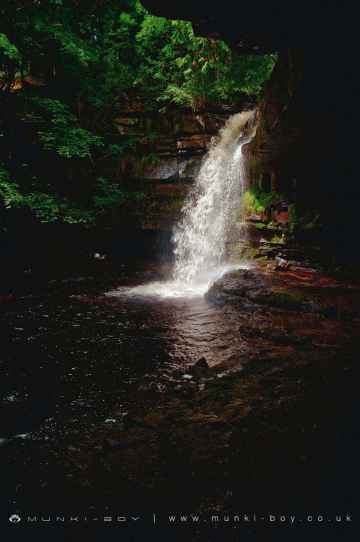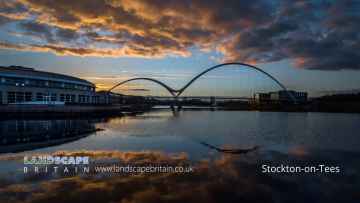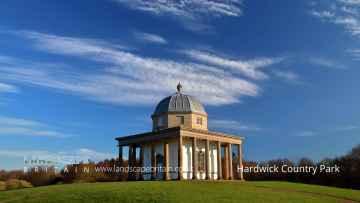Durham
Durham is a City in the county of County Durham.
Durham postcode: DH1 3
There are great places to visit near Durham including some great waterfalls, towns, country parks and airports.
The area close to Durham boasts some of the best waterfalls including Summerhill Force.
The area around Durham features a number of interesting towns including Stockton-on-Tees, and Middleton-in-Teesdale.
Don't miss Hardwick Country Park's country parks if visiting the area around Durham.
Don't miss Teesside International Airport's airports if visiting the area around Durham.
Durham History
There are some historic monuments around Durham:
Areas of Durham
Like most towns and cities Durham is comprised of a number of areas, once separate villages or small towns and parishes now part of Durham.
Many of the areas of Durham have their own character and places of interest.
Places to see near Durham
Etymology of Durham
The name “Durham” comes from the Celtic element “dun”, signifying a hill fort, and the Old Norse “holme”, which translates to island. The Lord Bishop of Durham takes a Latin variation of the city’s name in his official signature, which is signed “N. Dunelm”. Some attribute the city’s name to the legend of the Dun Cow and the milkmaid who in legend guided the monks of Lindisfarne carrying the body of Saint Cuthbert to the site of the present city in 995 AD. Dun Cow Lane is said to be one of the first streets in Durham, being directly to the east of Durham Cathedral and taking its name from a depiction of the city’s founding etched in masonry on the south side of the cathedral. The city has been known by a number of names throughout history. The original Nordic Dun Holm was changed to Duresme by the Normans and was known in Latin as Dunelm. The modern form Durham came into use later in the city’s history. The north-eastern historian Robert Surtees chronicled the name changes in his History and Antiquities of the County Palatine of Durham but states that it is an “impossibility” to tell when the city’s modern name came into being.
History of Durham
The legend of the Dun Cow, which is first documented in The Rites of Durham, an anonymous account about the Durham Cathedral, published in 1593, builds on Symeon’s account. According to this legend, by chance later that day, the monks came across a milkmaid at Mount Joy (southeast of present-day Durham). She stated that she was seeking her lost dun cow, which she had last seen at Dun Holm. The monks, realising that this was a sign from the saint, followed her. They settled at a wooded “hill-island” - a high wooded rock surrounded on three sides by the River Wear. There they erected a shelter for the relics, on the spot where the Durham Cathedral would later stand. Symeon states that a modest wooden building erected there shortly later was the first building in the city. Bishop Aldhun subsequently had a stone church built, which was dedicated in September 998. It no longer remains, having been supplanted by the Norman structure. The legend is interpreted by a Victorian relief stone carving on the south face of the cathedral and, more recently, by the bronze sculpture ‘Durham Cow’ (1997, Andrew Burton), which reclines by the River Wear in view of the cathedral. During the medieval period the city gained spiritual prominence as the final resting place of Saint Cuthbert and Saint Bede the Venerable. The shrine of Saint Cuthbert, situated behind the High Altar of Durham Cathedral, was the most important religious site in England until the martyrdom of St Thomas Becket at Canterbury in 1170.










